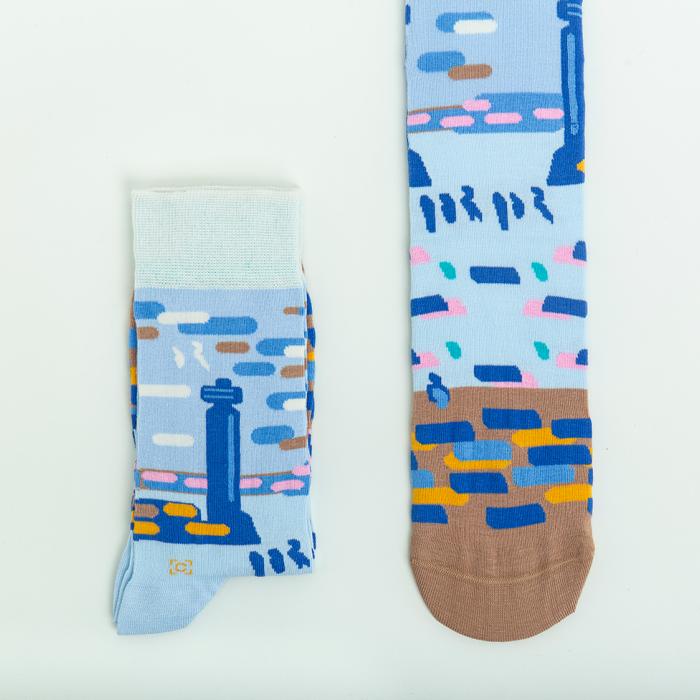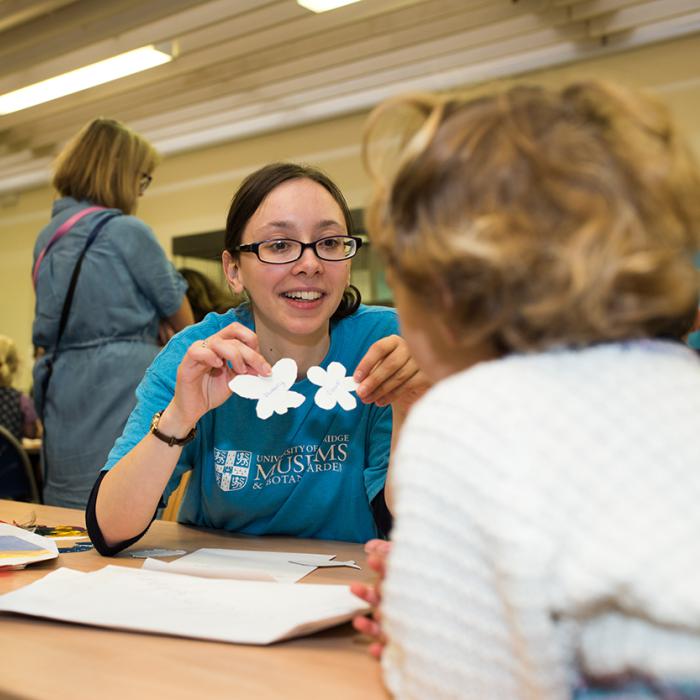The morning Early Years session, 10-11:30am is suitable for children aged 18 months - 5 years and their parents and carers.
Join artist Sally Todd who will lead fun, hands-on, playful activities for babies, toddlers, pre-schoolers and their grown-ups. This relaxed and social session takes place around the Museum.
Note: please only purchase 1 ticket per family (up to 2 adults and up to 3 children).
Come and explore, play, create and have fun with materials in our Studio!
Workshops are free and supported by the Fitz Families team. All materials are included, and the workshops are suitable for children aged 5-12 years with their parents and carers.
Where: Learning Studio on the lower ground floor
When: Activity slots at 10am, 11am, 2pm & 3pm. This is a pre-booked activity lasting 45 minutes.
Note: Please book a ticket for all adults and children attending
Join us to celebrate Día de los Muertos (Day of the Dead)!
This vibrant Mexican festival is a time for remembering relatives, friends and ancestors in a lighter way, with the emphasis on laughter and music, rather than sorrow and fear.
We will be running free drop-in family craft activities, including making tissue paper flowers, colouring sheets and much more.
The Fitzwilliam Museum has picture books, drawing materials, sensory play resources, as well as tips and ideas to help you enjoy your visit. There’s no need to book, just drop-in.
These free events build upon our ‘Family Welcome Project’, a participatory research project with the North Cambridge Child and Family Centre
Drop in for a day of crafts and activities for the family - as we explore winter wildlife. Plus chat with our volunteers and handle real animal specimens. All activities and Museum entry FREE.
Join Dr Roz Wade as she chats LIVE from the Museum of Zoology to experts on winter wildlife and explore how animals survive the colder months. This is a FREE online event for all the family. You will have an opportunity to ask questions to our experts live on the night.
Sign up to our You Tube channel for more information and updates.
FREE
For this exhibition Kettle's Yard invites children and young people in Cambridge to create artworks about what matters to them today, in any artistic style or medium, from local to global issues; from their home to our shared planet; from love for families, friends and communities to concern for nature, animals and the environment.
A selection of artworks created by Kettle’s Yard’s partner schools and community groups will also be on display.
Saturday 16 November, 10am - 4pm. Free, drop-in
November’s Saturday opening is all about maps, as we host the University’s Dr Sara Caputo for a very special exploration in partnership with the Being Human Festival. Explore the fascinating history of a device we often take for granted, and discover new ways of visualizing our place in the world.
What’s on?
Join us for a free drop-in session and explore our new handling boxes, designed with multi-sensory elements to enhance the museum experience for younger visitors.
Activity boxes to explore:
Maths and Measuring
Science of Sound
The Art and Science of Light
Human Body
Earth and Space
Inventions and Discoveries
Modelling Science
Join us for a free drop-in session and explore our new handling boxes, designed with multi-sensory elements to enhance the museum experience for younger visitors.
Activity boxes to explore:
Maths and Measuring
Science of Sound
The Art and Science of Light
Human Body
Earth and Space
Inventions and Discoveries
Modelling Science

